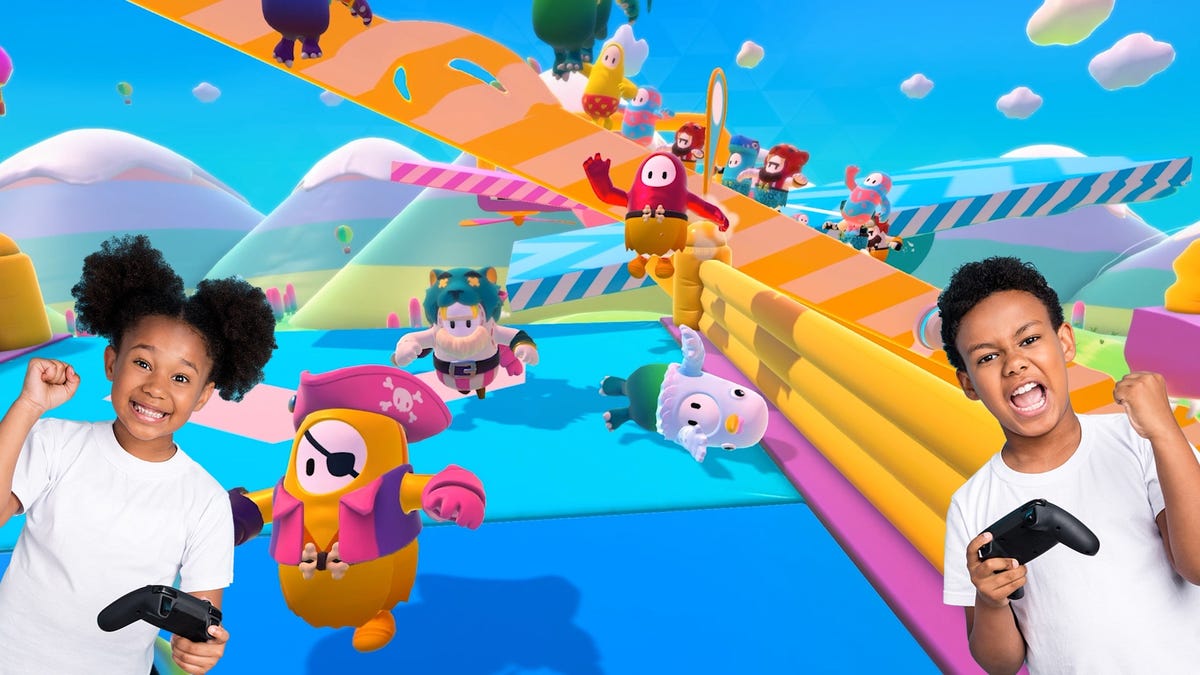
Ever wondered how pro gamers get so, well, pro? Sure, it’s the hours of grinding and practicing, mastering a game’s systems and applying them in competitive situations. And yeah, it’s the hours of learning and studying, returning to a game’s roots and watching the players that came before. But also, it may just be better eyeballs. According to new research out of Dublin, pro gamers see more images than others.
As spotted by The Guardian, Ireland’s Trinity College Dublin recently published a paper in the peer-reviewed open-access journal Plos One. The research investigated a human characteristic called temporal resolution, which measures our ability to discern between different visual signals and influences our reaction speed to changes in our environment. As the paper found, some people, when presented with a light that was flashing about 35 times per second, saw it as constantly lit—in other words, they could not perceive the flashes—while others could see the light flashing, even when the frequency of flashes was greater than 60 times per second. In the same way that video games can run at 30fps or 60fps, this research suggests some people’s eyes can see visual signals at either 30 images per second (ips) or 60ips. And this impacts athletes and gamers specifically, as Trinity College Dublin Ph.D. candidate Clinton Haarlem said that people who have higher than average visual temporal resolution “have access to a little bit more visual information per timeframe” than others.
“We believe that individual differences in perception speed might become apparent in high-speed situations where one might need to locate or track fast-moving objects, such as in ball sports, or in situations where visual scenes change rapidly, such as in competitive gaming,” Haarlem said. “They may have an advantage over others before they have even picked up a racket and hit a tennis ball, or grabbed a controller and jumped into some fantasy world online.”
Haarlem and his colleagues conducted visual temporal resolution tests on 80 men and women between the ages of 18 and 35, and found little difference in results across gender. There is evidence, however, that your temporal resolution decreases with age. Maybe that’s part of why esports players and pro athletes sometimes retire so young. This may also be why your younger relative is obliterating you in games like Fortnite or Fall Guys. They basically have a processor in their brain that allows for more FPS, which sounds like a cheat to me.






